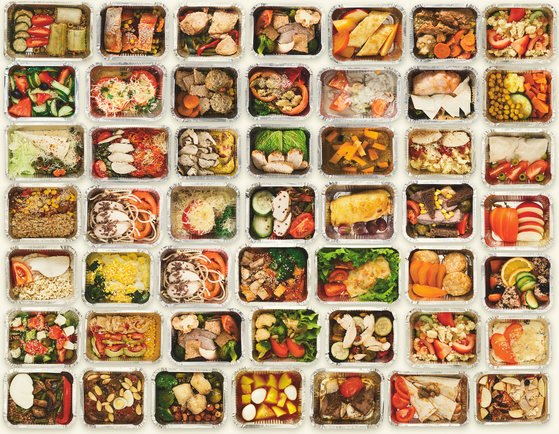Do Less And Earn More; Eliminate Restaurant Menu Items to Increase Profits. You’ve Got to Try It!
When you’re opening a restaurant, it’s not necessarily good to offer lots of different menu items! You’d have to handle the ingredient costs and find storage spaces for all of your ingredients. Many restaurants opt for offering a lot of menu items, just to be safe. However, some restaurants offer so much that customers don’t know how to choose, and end up ordering just a few menu items anyway. As a result, the costs of these restaurants pile up in unsold ingredients. Wouldn’t it be better if only a few menu items were offered, but every single one of them could consistently generate profits? So for any restaurant offering lots of menu items but selling only a few, we have some great techniques to recommend how you can properly manage menu items and turn a profit.
We believe that a lot of restaurants never revise their menu items after they open, or never check the sales totals of each menu item to identify the high and low sellers. Anyone who hasn’t done this is making a big mistake. This is because of something that happens to every restaurant. In other words, some menu items sell well, some menu items are sold regularly, and some do not sell well with sales limited to every once in a long while. And the dishes that are only ordered every once in a long while are the ones that will cause cost accumulation and prevent worthwhile revenue.
However, that does not necessarily mean that these menu items are problems that will cause the restaurant to suffer a loss. Who knows? Even the menu items ordered every once in a while might become profitable, and the ones that are regularly sold might produce so little profit and cause you to work for free. You wouldn’t be able to tell any of this if you don’t record your sales.
Use the BCG Matric to Sort the Menu

So, if you want to revise your menu, what you need to do first is obtain information on the sales of each menu item. If any restaurant uses POS software, then it will be very convenient for that restaurant to do so. That’s because it will be possible to directly extract sales history from the system. Once you have your sales history, you can categorize your information into four categories according to the BCG Matrix, as follows:
Category 1: Menu items with high sales but low profits.
Category 2: Menu items with high sales and high profits.
Category 3: Menu items with low sales and low profits.
Category 4: Menu items with low sales but high profits.
Once you finish sorting your menu items into the four categories, you can apply the following guidelines for dealing with each menu item:

Menu Items with High Sales but Low Profits
For these dishes, you should consider procuring new ingredient suppliers offering lower prices than your existing suppliers without losing quality, and you should create new menu items to increase your profits.

Menu Items with High Sales and High Profits
For these menu items, don’t think you don’t have to do anything. You need to maintain your standards and quality, while developing new menu items in this category to maintain your customer base. Use the menu items in this category as your recommendations.
Menu Items with Low Sales and Low Profits
Consider whether or not these menu items should be kept. If you find out that the ingredients used in this category are unique ingredients that cannot be used in other categories, then you sould eliminate them in order to cut cost and prevent loss and waste.

Menu Items with Low Sales but High Profits
For the menu items in this category, you need to identify why customers are not ordering them, and you need to create sales promotion media, so customers order them, and you need to train employees to cheer for the sales of these menu items to boost your sales.
When you use the BCG matrix, you will see the reality about each menu item. Sometimes, you might discover that family recipe menu items or the restaurant owner’s favorite menu items are the ones that create burdens for you. As a result, if you don’t analyze your menu items, you are at risk for creating ingredient cost burdens and losing opportunities for cheering for profitable, but poor-selling menu items. So, you need to regularly review the sales of each menu item. However, whenever you eliminate any menu item from your restaurant, you must not forget to develop a new one to replace it in order to prevent customers from feeling bored due to repetition. There’s a psychological effect on customers when they see new recommendations, and customers are more likely to become interested and want to try them out.



